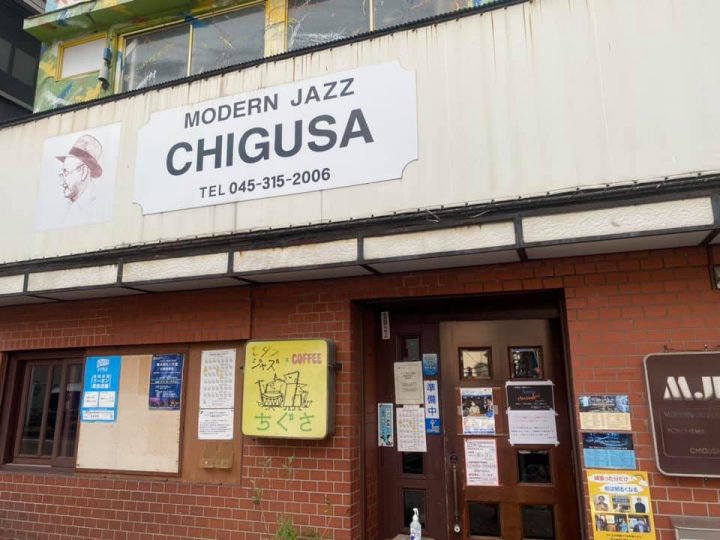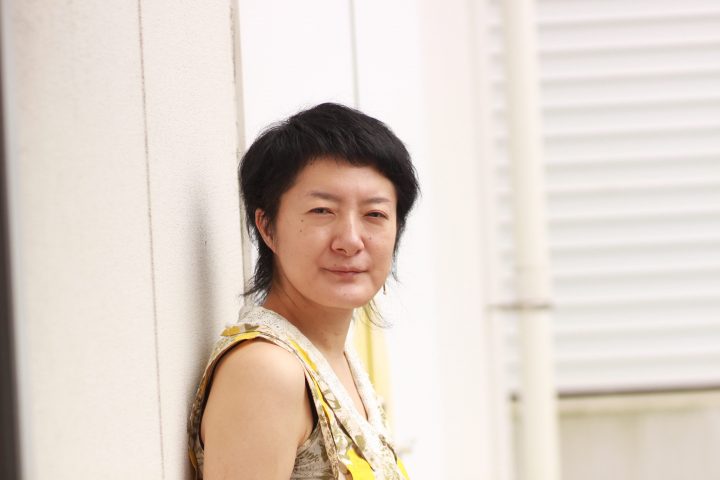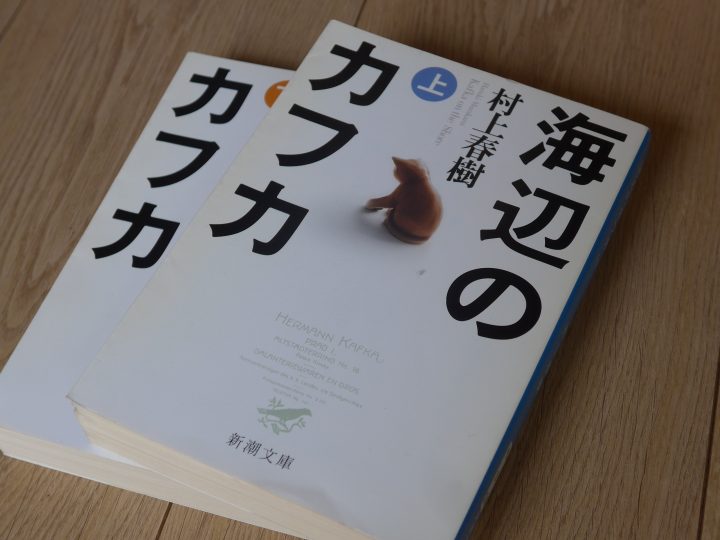Harbor View Hill - What changes and what remains
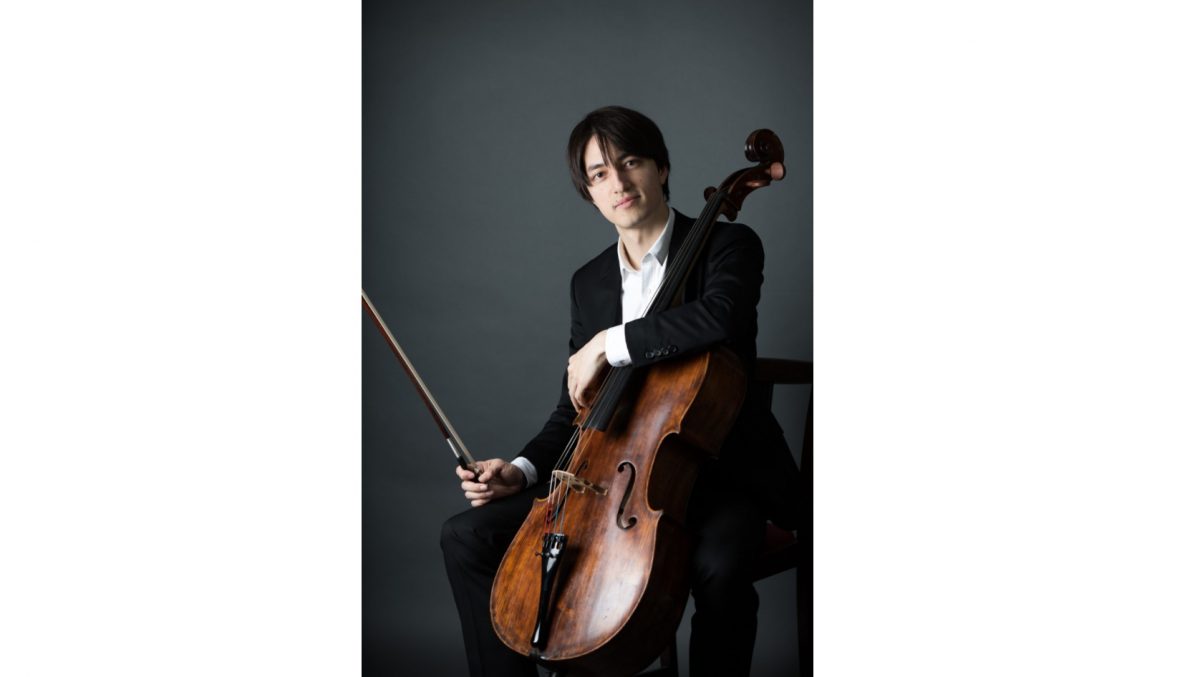
While attending Yokohama International School (YIS) from elementary school through high school, I still vividly remember repeatedly carrying my heavy American-made cello case up the roughly 20-minute walk from Ishikawacho Station on the Keihin-Tohoku and Negishi lines to Minato no Mieru Oka Park. (Looking back, it was probably a good workout!) I would pass through Motomachi, climb the stairs on the road next to the foreign cemetery (some of which are sloping, so be careful when it rains as they can be slippery), and arrive at the top, panting. There was no convenient Minatomirai Line, which directly connects to the Toyoko and Fukutoshin lines, and the area known as "Amerikayama Park" was a barren, fenced-off area. Entering the area was considered a test of courage among my friends. Now, when I walk through Amerikayama Park, I feel a little happy to know what it was like back then. I feel like I'm part of the same area's changing history.
In this column, I would like to talk about the Yokohama area where I grew up and my own musical career, starting from elementary school. Currently, as a cellist, I primarily play classical music, but I also have the opportunity to perform a wide range of genres, including tango, jazz, pop music, and pop music. The trigger that led me to perform in genres other than classical music was the trio Shanti Dragon 3, with which I am still active today. Although the group name was different at the time, I had the opportunity to perform with the trio's members, Akemi Hayashi (piano/composer/arranger) and Toku Kongo (saxophone), from junior high and high school, and even performed with them on the CD "Yume Futaya" when I was in high school. I feel truly honored to be able to perform with these two people, who I have called my teachers for many years.
With the Yokohama International School campus set to move to Honmoku in January 2022 and the passing of his father, who loved the Motomachi area, in 2017, his attachment to the Motomachi area has grown especially in recent years. His father, Morgan Gibson, was a poet and a university professor of literature in both Japan and the United States for many years. After his death, he translated some of his poems into Japanese with his mother, who is also a professor of literature, and has even recited them at Shanti Dragon 3 concerts, accompanied by improvised performances. He fondly remembers his father, who loved the Motomachi area, chatting over giant lattes at Starbucks.

I was born in Michigan, USA, and began studying cello using the Suzuki Method at age four. I moved to Japan at age six and attended public elementary school in Mihama Ward, Chiba City, for about two years. The area was surrounded by housing complexes, and there were almost no foreigners there, so I remember my father and I standing out quite a bit. Later, I wanted to improve my English, so I moved to Yokohama and attended YIS. At the time, Yokohama (especially the Bluff area) felt like New York to me. My classes included students from various countries, and I heard a wide variety of Englishes, including Scottish, Australian, New Zealand, Danish, Norwegian, British, Chinese, Korean, and Japanese. I was blessed with an environment where I was exposed to a variety of Englishes. The English spoken by both teachers and students was unique and individual. (For example, when my New Zealand teacher pronounced "disk," it took me a while to realize that it was actually "desk.") Looking back, I learned a lot from these experiences, not just the curriculum. Musically, he started learning the Suzuki Method, which emphasizes playing by ear, and gradually began studying how to read music.Though he was confused at times, he gradually became able to play in ensembles.
In my upper grades of elementary school, I developed a love for pop music like GLAY and Spitz. I decided to learn bass guitar, so I called a nearby school I found in the Yellow Pages and visited. (Internet searches were not yet widespread at the time.) Unfortunately, I didn't improve my bass guitar skills, and it ended up being just a temporary passion. However, I decided to study solfege and piano at the same school, and that's where I first met teacher Akemi Hayashi. As a piano student, I was quite sloppy, even playing Beyer notes haltingly. However, I was invited to perform jazz and original compositions with Toku Kongo. I performed at jazz venues in the Kannai area and, as a culmination of my studies, performed with him in a concert featuring readings at the Yokohama Museum of Art Hall. Having been almost exclusively familiar with classical cello playing, improvising while listening to chords was a shocking experience, almost like a new language. My ears, cultivated through the Suzuki Method, may have helped me, even though I had no understanding of theory. We were fortunate to have the opportunity to perform not only at the arranged recitals, but also at jazz cafes and halls early on.
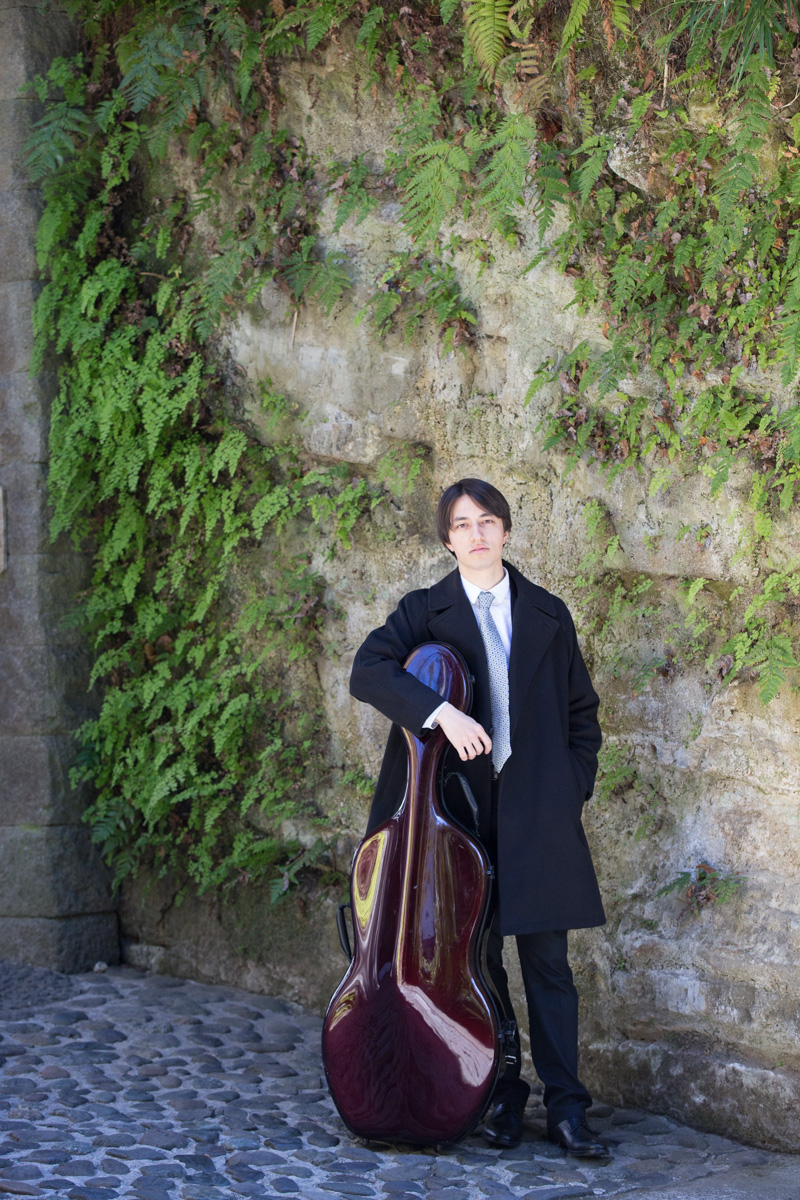
Performers create music together with their audiences, but I feel it is extremely unfortunate that events such as live jazz club performances, which allow for personal interaction, and salon concerts, which also include food and drink, have all been canceled or scaled down due to the COVID-19 pandemic. Humans are creatures of habit, and habits create culture. I want to continue working hard as a performer (while taking care to prevent infection) to ensure that such customs, culture, and art continue into the future.
Shantee Dragon 3 primarily performs in the Yokohama area, but their theme transcends genres and is "song." I believe that every culture in the world has some kind of song, and songs grow within that culture, becoming something we hum without even realizing it. The flow from which a song was born and nurtured connects to the new songs that emerge in each performance. I believe that the things contained in a song—the way it's sung, the subtle timing, the images that come to mind as it's sung, and so on—are passed on by the performers and audience. The "variations" form, often used in jazz, is often used in Shantee Dragon's performances. Through improvisation, songs are unravelled and tied together, evoked, and intertwined with each other's instruments, before returning to the simple song at its inception. The audience claps, shares memories they've had through the song, and the music influences each other, leading to the next.
In my future performances, I would like to continue to listen to songs across genres, cherish that inspiration as I perform, and hope to deliver something that resonates with the listeners. As the place where I grew up from elementary school to high school, Yokohama's history has had both tangible and intangible influences on me. There are moments when I stroll around the city, admiring the ever-changing streets, and suddenly recall the past. I hope to continue performing in this way. I want to cherish what changes, and what remains.
【profile】
Shanti Dragon Trio
Shanti means "inner peace" in Sanskrit. The dragon is not the dragon as it is perceived in the West, but a dragon that symbolizes auspicious power in Asia and is the god of water.
Shantey Dragon was originally a duo consisting of pianist Akemi Hayashi and saxophonist Toku Kongo, but when cellist Christopher Satoshi Gibson, who was also Hayashi's piano and solfeggio student, joined, the group was called Shantey Dragon 3.
The trio began with the Yokohama Museum of Art Hall concert at Yokohama Art Live 2003, and the recording of the CD "Yume Futa Ya" composed by Akemi Hayashi in the same year. In addition, they have been actively involved in volunteer performances at facilities for the disabled.
Christopher Gibson left Japan to attend a university in the United States, putting the trio on hold for a while, but after returning to Japan and working in various scenes, he rejoined Shantae Dragon in 2019. They resumed activities as Shantae Dragon 3.
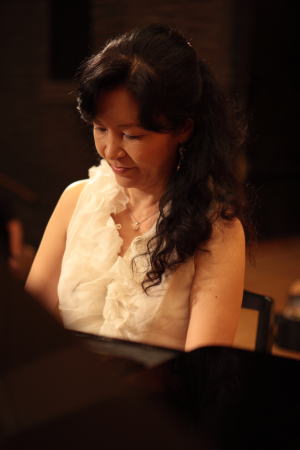
Pianist, composer and arranger. Born and living in Yokohama.
From an early age, she started playing the piano and electronic organ, and studied piano under her relatives, Jo Matsutani and Midori Matsutani. Under their guidance, she was exposed to a wide range of music, from classical to contemporary music, pop, and jazz, and began performing while still a student at a music college.
After graduating from a music college, he worked at the Yokohama Contemporary Music Academy and other institutions, as a music school instructor, and as a solfeggio instructor for the Yokohama Municipal High School Brass Band, before establishing Maple Piano School (Isogo-ku, Yokohama). Utilizing his career as a piano instructor and experience as a player, he strives to teach the next generation of piano players, from children to adults.
They perform at concerts sponsored by Yokohama City, Yamate Western-style Houses (British House, Berrick Hall, Bluff No. 18), Sankeien Garden "Moon Viewing Concert," Yokohama Jazz Promenade, and other venues and live music venues in Yokohama and Tokyo. They often perform original songs, and have released over 100 original songs, including those included on CDs. They have released five CDs to date.
Volunteer performances are also actively participated in.
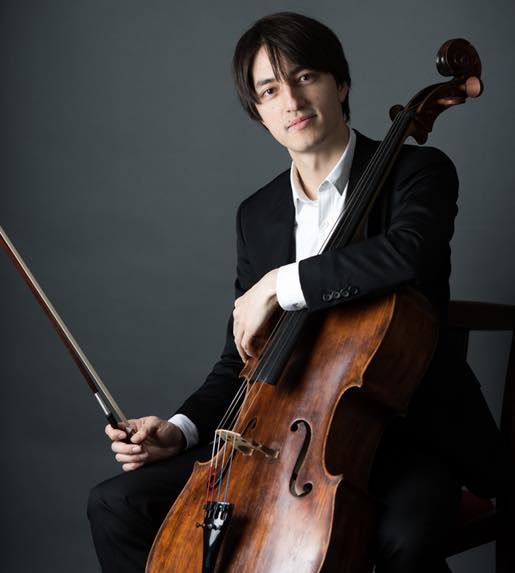
Born in Michigan, USA. Started playing the cello at age 4. Participated in summer programs at Tanglewood, Indiana University, and Interlochen while in high school. After graduating from Yokohama International School, entered Yale University in 2005, double majoring in philosophy and political science.
While studying at Yale, she passed an audition with cellist Aldo Parisot and studied cello under Ole Akahoshi, who was Pierre Fournier's youngest student and Janos Starker's assistant for many years, at the Yale School of Music. She also studied chamber music under Wendy Sharp at the same school. In 2009, she won a prize at the university's FOM competition. In the winter of 2012, when she won a prize at the International Association of Performers' Newcomers Audition, she received praise from violinist Shigemichi Kawabata, one of the judges, for her "performance that allows you to enter the world of the music."
In 2017, under the auspices of the NPO Emotion in Motion, she held the “BACH Solo” unaccompanied cello recital series at the Minato Mirai Small Hall, Tiara Koto, Tokorozawa Muse, and Suntory Hall “Blue Rose”. She has performed with violinist Ikuko Kawai on TV Tokyo’s “100 Years of Music” program recordings and concerts, as well as at BLUE NOTE TOKYO (2020), Cerulean Tower Noh Theater (2019), and Mitsukoshi Theater (2018). She is active mainly in Tokyo, Kamakura, Nagano, and other areas.
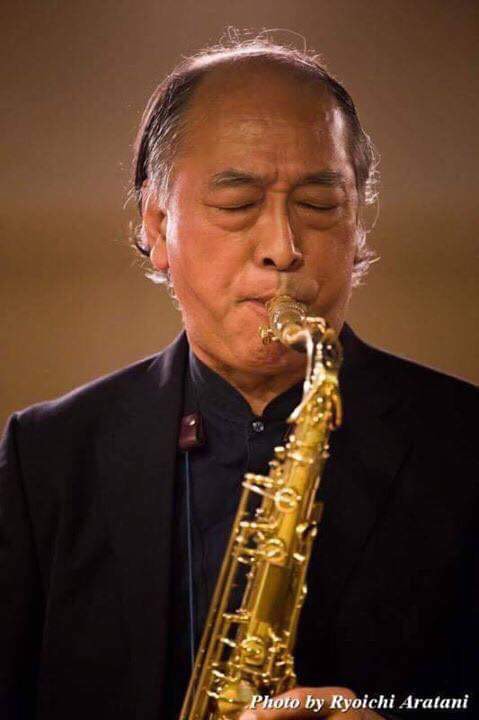
He started playing the saxophone at the age of 12, and studied under Hisatoshi Muta (President of the Japan Band Directors Association, former head of the Tokyo Metropolitan Police Department Band) and Makoto Suda (Professor at Musashino Academia Musicae). He joined Yanagisawa Wind Instruments Co., Ltd., one of the three largest saxophone manufacturers in the world.
After working in instrument manufacturing, research, instruction and management, he went independent. In 1995, he established Congo Saxophone Studio and began offering saxophone repair, lessons and performance services. In 1997, his CD /OUR TRIBAL MUSIC won him the Jazz Life magazine Best New Artist Award. He was appointed by the Yokohama City Board of Education to teach at Yokohama Minato Commercial High School for four years. In addition to concerts and recordings at the Yokohama Museum of Art Hall, Minato Mirai Hall, Kanagawa Prefectural Music Hall, Sankeien Garden, Yamate Seiyokan and other venues, he also actively volunteers at Yokohama City University Hospital and facilities for the disabled and welfare facilities in Tokyo, Kanagawa, Kyushu and Hokuriku.
He has performed with top Japanese musicians, musicians from the UK, Italy, Switzerland and France, calligrapher Suisen Nakatani, dancer Kazuo Ohno, actor Stiart Burnham Atkin, reciter Akira Kodama, Important Intangible Cultural Property Holder Bokusei Mochizuki, and many others, often across genres. He also teaches a citizen saxophone ensemble that plays mainly Bach chorales.
Several CDs and DVDs have been released so far.
